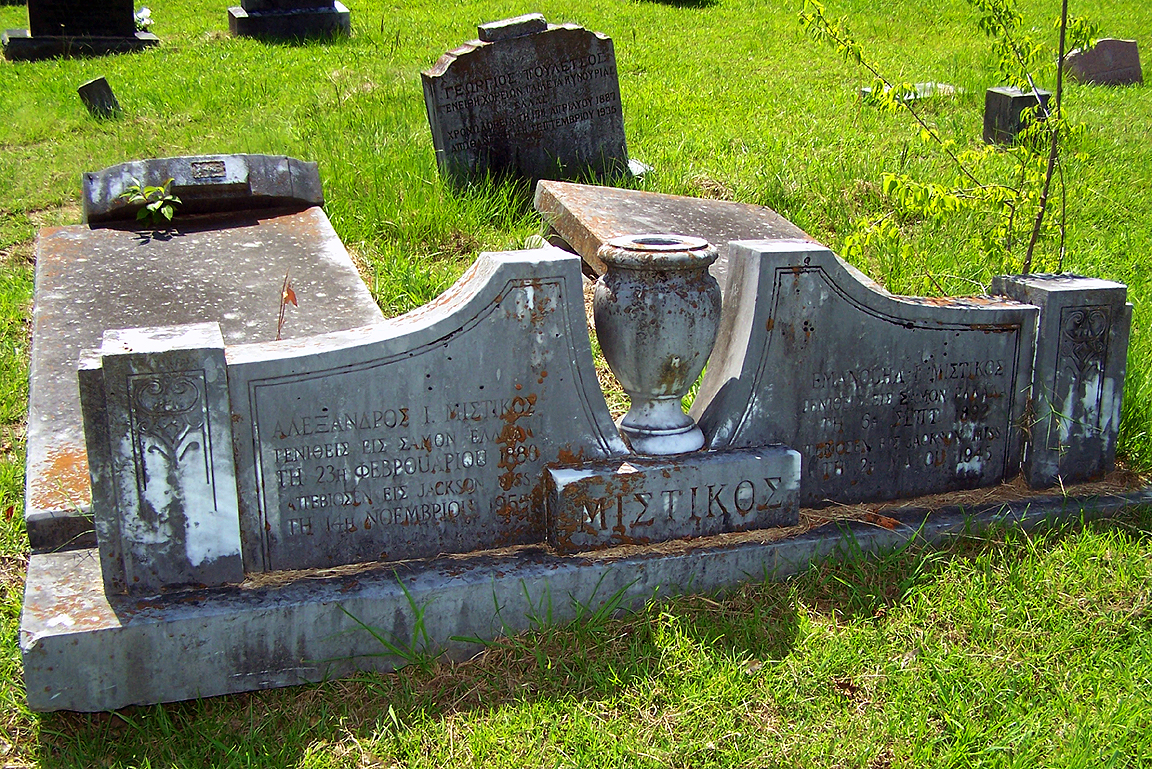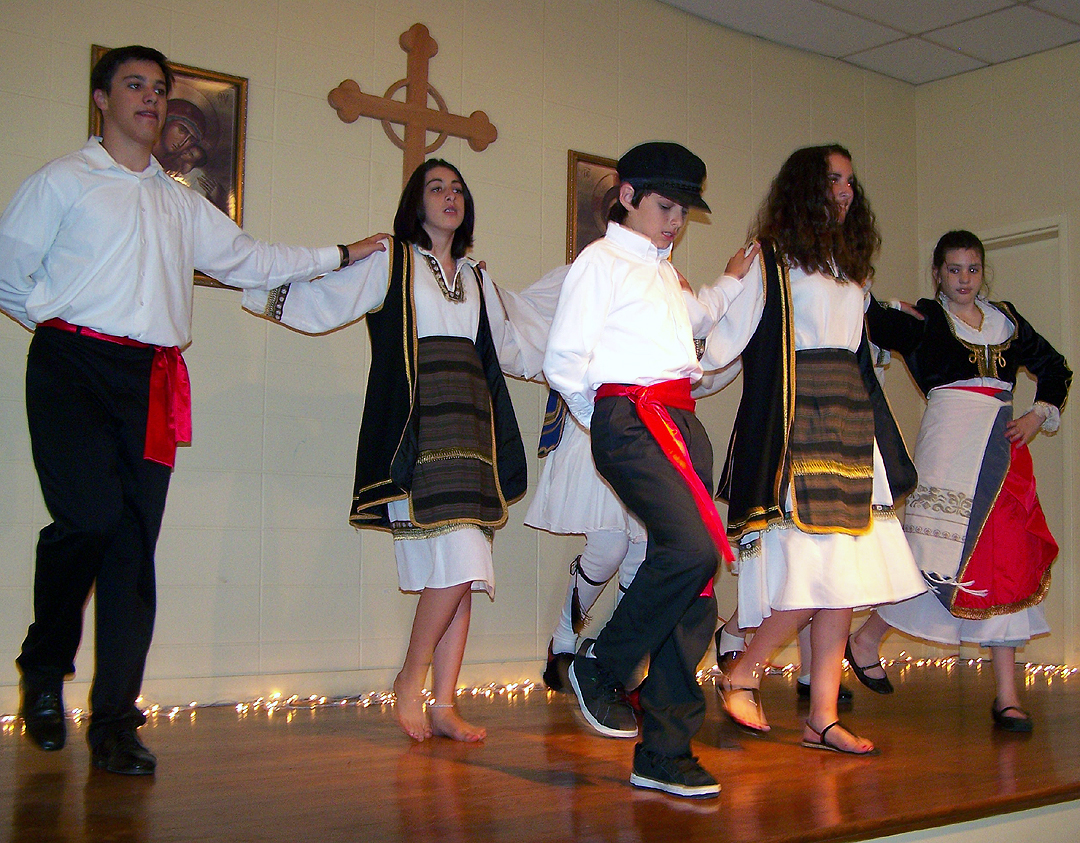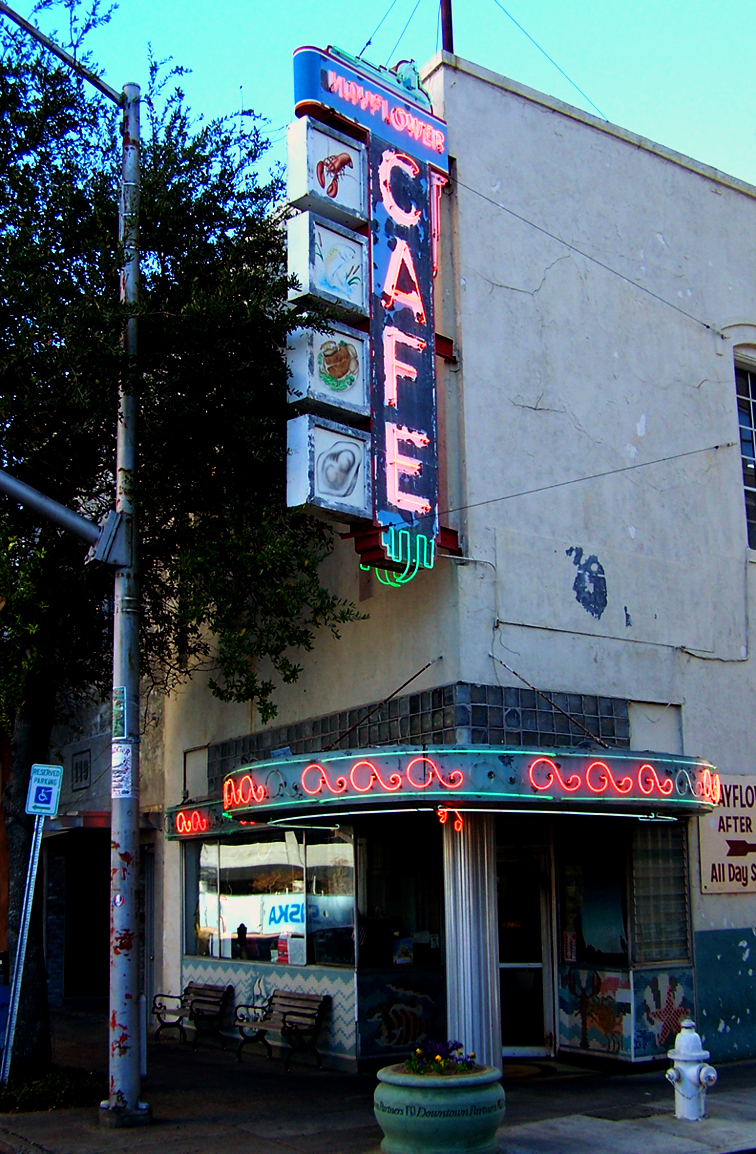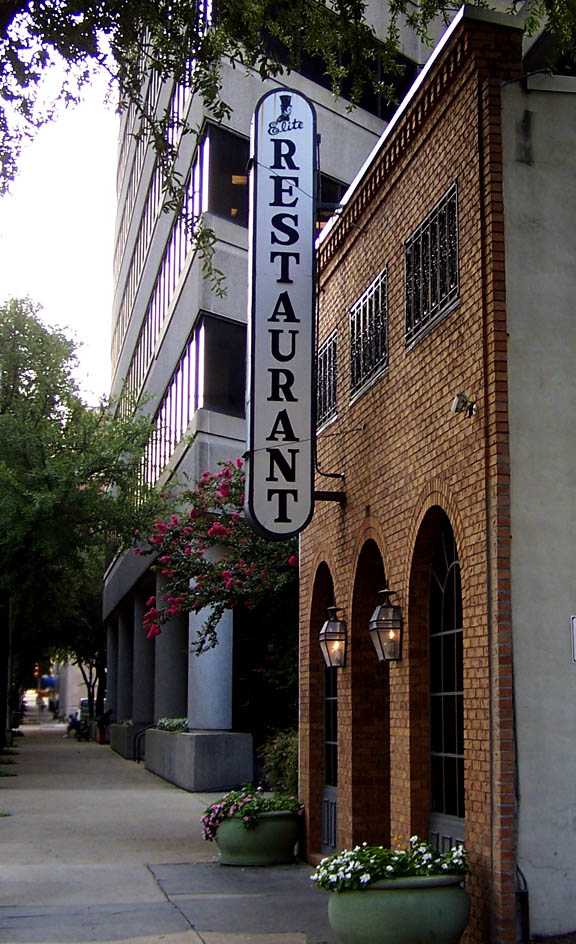In addition to their numerous charitable endeavors, the Junior League of Jackson has issued two quite remarkable publications. The first, in 1978, was their landmark Southern Sideboards, a truly luminous work that has since gone through fifteen printings, five of those Southern Living Hall of Fame editions. The recipes in Southern Sideboards altogether comprise nothing less than an exhaustive tutorial for home cooks in the Deep South, and if that weren’t enough also includes a heart-felt introduction by Wyatt Cooper.
Their second, more important work, is Jackson Landmarks (1982) dedicated to the Manship House, one of Jackson’s most beloved architectural treasures. Jackson Landmarks is important not only for the wealth of detail and historical data, but also because Jackson’s urban landscape has changed significantly in the 35 years since its publication, and an estimated 25-30% of these structures are gone.
Jackson Landmarks also includes this essay by Charlotte Capers. Miss Capers was director of the Mississippi Department of Archives & History from 1955-1969, and during that time saved the Old Capitol from destruction and saw to its renovation and establishment as the state historical museum. Miss Capers also oversaw the restoration of the Governor’s Mansion. In addition, Capers was a “world-class raconteur”, a writer (The Capers Papers as well as hundreds of magazine articles and book reviews) a wit and a close friend and companion of Eudora Welty. Charlotte Capers is a significant figure in Mississippi history and deserves a work of equal if not greater thoroughness than the one recently afforded Fannye Cook.
The House
My first opportunity to participate in this book was an invitation to write a brief and breezy history of Jackson.” Well, Jackson goes back to the 1820s and I don’t, so I declined. When I was reminded that I do go back to the 1920s, and what’s a hundred years more or less, I agreed to write a few recollections of my old home at 705 North State Street, as I remember it and as for me it was the heart of Jackson when I was very young.
When I first saw the house it was white, and I was five years old. Therefore, it remains in my memory as white, and only recently I learned that it was not white to begin with, but a darker hue much favored by home owners of the 1890s, when it was built. Perhaps it was buff or brown or gray. It doesn’t matter, except to point out that things are not always what they seem. The house was built by Mr. and Mrs. A. D. Gunning on the corner of North State and George streets. The Cunnings had a large family and must have been much given to hospitality, as the house was plainly built for entertaining. A large reception hall opened into a graceful living room on one side, and a dining room with striking midnight blue wallpaper and painted white paneling on the other. A mirror was built into the ornately carved hall mantelpiece; a central staircase which divided and curved upward from the landing was the architectural focus of the hall. Shining oak floors invited dancing, and of more concern to my mother, suggested more rugs than we had and required a good deal of waxing and polishing.
After the Cunnings, the house was owned by Mr. and Mrs. Arthur C. Crowder. Mr. Crowder was at one time mayor of Jackson; Mrs. Crowder was the former Mattie Robinson Saunders, whose family home was a block away on the corner of North State and Boyd streets. When the Crowders moved to Birmingham, the house was purchased by St. Andrew’s Church as a rectory for my father and his family. Subsequent owners were the Lamon Goings, who had a Studio of the Dance therein, and Mr. and Mrs. Harry Jacobs, who adapted the house for use as a retail outlet for their business, Greenbrook Flowers. The original architecture is essentially unchanged.
As I see the house now, it is big. As I looked at it with five-year-old eyes, it was tremendous. Adorned with every detail and conceit available to admirers of the Victorian style, it had towers, minarets, gables, a scary basement, a cobwebbed attic, cushioned window seats, and wonder of wonders, swinging doors for the dogs. Scaled to fit the family canines, these doors opened at the touch of a muzzle. When I tried to describe them to a contractor for my own house, he was confounded. My dogs have to bark to get in. So everything isn’t more convenient now than it used to be. Ask the dogs. Anyway, when I was a child I saw the house as a fairy-tale castle, and untroubled by the economic realities of maintaining such an establishment, I thought it was a perfect home.
This depends upon your point of view, of course, and I remember Our struggle to keep the house warm in the winter. Beautified by countless windows and French doors, 705 North State was a veritable cave of the winds. The windows called for draperies which we could not afford, so my mother settled for glass curtains. My childhood memories seem to return filtered through yards and yards of filmy material, which let in the light as well as the breezes. Another problem was the coal furnace. Coal was expensive, plus the fact that my father had to stoke the furnace and bring coal to the fireplaces throughout the house. My father solved this problem by rising above aesthetics and installing a pot-bellied stove squarely in the middle of the elegant reception hall. This at least indicates that he put first things first, like not freezing to death. The feature of the house which I remember with most affection, next to the dog doors, was my bathtub. It was splendid, something like a gondola, mounted on iron paws with a stalwart wooden rim. Into its watery vastness could submerge the vicissitudes of childhood, and dream great dreams as they soaked away. When I left that bathtub, and moved to a shorter and stubbier one, my dreams grew shorter and stubbier.
It seems to me that 705 North State Street was a fine place for growing up in Jackson and learning the lay of the land. Around the corner and less than five minutes by skate, foot, or bicycle, was Davis School. The New Capitol was only a few blocks away, and young skaters did not hesitate to skate through the tiled basement floor and admire the Egyptian mummy who was the star of the building. A streetcar track ran in front of the house. When we were very young, we would put two straight pins on the track, spit on them, and wait for the streetcar. As it rumbled past it fused the pins into a charming design of crossed swords. If you wished to travel, the streetcar could deliver you north, south, or west. East was the Pearl River, and the suburbs in that area were not yet developed. As St. Andrew’s was the only Episcopal church in Jackson for a long time, my father’s congregation was scattered all over town and from Clinton on the west to Madison on the north. Sometimes Father would let me ride with him in the family Essex when he went calling, and we covered a lot of territory. The Fairgrounds were within walking distance, as were the downtown picture shows. Beulah, my nurse, took me to the Fair every year on the five dollars my grandmother sent us. This included lunch. When we got home, Beulah became our cook. I should note that Beulah was not my nurse because I was sick, but because I was a child, and nurses were what children had in the 1920s. Nurses were for taking care of children, cooks were for cooking, and so far as I knew, maids had bit parts, like “Your carriage awaits, madam,” in the occasional stage plays which came to the Century Theater.
An interesting thing, at least to me, is the fact that I can remember the telephone numbers of the neighborhood children, I have always had a block in my head about numbers, and now I have trouble remembering my own telephone number. At any rate, to suggest the size Of Jackson in the 1920s, I could get Mary Woodliff at 2628; Winifred Green at 1210; Ann Sullens at 560; and Maude McLean at 247. As Maude’s father was a doctor, we thought we would help his practice, which did not need any help, by making up a jingle for him. It went like this: “If you think you’re going to heaven, call two-four-seven.” I believe you call the Fire Department nowadays, whatever your destination.
The Depression was an exciting time at 705 North State. There were a good many home weddings, as it was more economical to get married in the Rectory than in the home of the bride. Sometimes a drop-in bride and groom, having proven that they were of age and met other canonical requirements long since forgotten, got married in the living room, and if any of my friends were there Father might ask us to be witnesses. This custom ended when Winifred Green and I stood up with a lisping groom, and got the giggles every time he repeated his vows. Mother was good about entertaining, and we had a lot of company. I always had a Hallowe’en party and a birthday party, and during the Depression some of our company often included tramps. Tramps are now known as vagrants or street people, but they amount to the same thing. Our tramps knew the best places for a handout, and occasionally one would make a great impression on my father, who would invite him to spend a few days with us One of our favorites called himself Jiggs, and more than repaid us for our hospitality by his tales of travel and adventure. Jiggs left us wearing my father’s clerical vest, and some months later appeared in a news magazine, photographed in ecclesiastical garb while attending a Tramps’ Convention in Washington. It is interesting to observe that in spite of the real economic hardship of the Depression, I don’t remember it as a bad time. It was in the 1920s that we learned to dance, and perfected our skills later during the Depression at dances in our homes, including the Rectory, to the Dixieland jazz of Joe White and his combo, fifteen to twenty-five dollars for four hours, depending on the number of instruments.
This isn’t much of a “brief and breezy history of Jackson,” but it may recall a certain time in a certain place, both gone forever. North State Street has just about given up the ghost, the town has grown into a city, the city has spread into the suburbs, and sometimes I can’t remember my street address. •sour crowd” had a good time, there was room in our house for friends and my grandparents and my brother and his wife, and even for transients who could tell a tall tale.
Much of what was once “old Jackson” was swept away by commercial development after World War Il, but as this is written, 705 North State Street still stands! (And still does. jly)

















